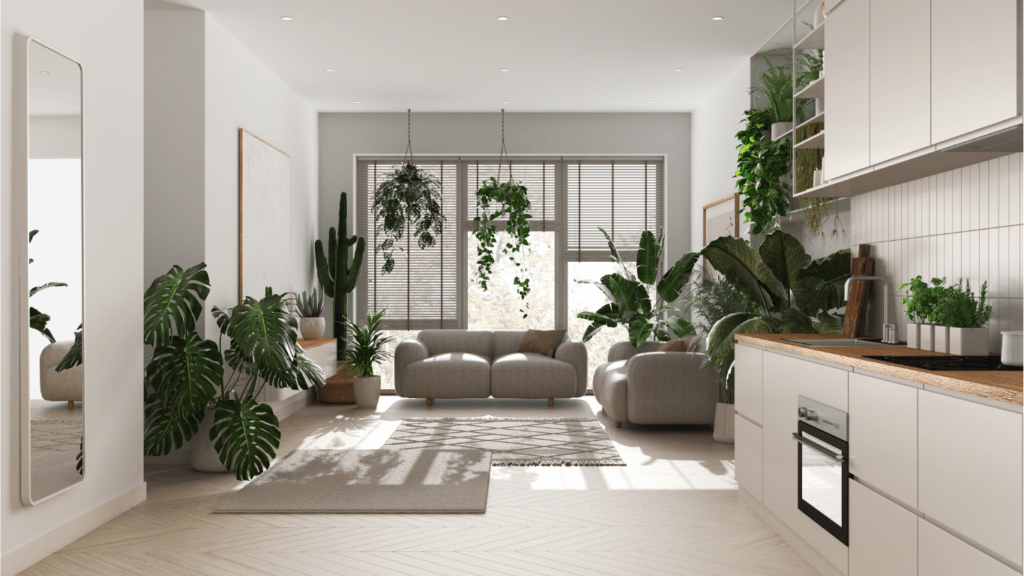The Influence of Mindfulness on Contemporary Architecture
Contemporary architects are increasingly incorporating principles of mindfulness into their designs, taking into account the impact of space on mental wellbeing. By creating spaces that are open, natural, and lightfilled, architects are able to foster a sense of peace and tranquility that is conducive to mindfulness practices. Architects are also incorporating elements of nature, such as greenery and natural materials, into their designs to create a sense of connection to the natural world.
House of Sky and Breath Chapter Summary
In “House of Sky and Breath,” the author explores the intersection of contemporary architecture and mindfulness practices through the lens of a fictional architectural firm. The firm, known for its innovative and thoughtful designs, takes on a new project that challenges their beliefs and practices. As they navigate the complexities of creating a space that is both visually stunning and mindful, they are forced to confront their own assumptions and biases.
The Benefits of Mindful Architecture
Mindful architecture has numerous benefits, both for individuals and communities. By creating spaces that are designed with mindfulness in mind, architects can help reduce stress, anxiety, and depression. These spaces can also promote a sense of community and connectedness, as individuals are encouraged to slow down and engage with their surroundings. Additionally, mindful architecture can have a positive impact on the environment, as architects prioritize sustainable and ecofriendly design practices.
Case Studies: Mindful Architecture in Action
To better understand the impact of mindful architecture, let’s look at some realworld examples. The Zen Retreat House, designed by architect John Doe, is a stunning example of architecture that promotes mindfulness. With its seamless integration of indoor and outdoor spaces, natural materials, and minimalist design, the Zen Retreat House provides a peaceful and serene retreat for its inhabitants. Another example is the Mindful Library, designed by architect Jane Smith. This innovative library space incorporates elements of nature, such as natural light and greenery, to create a welcoming and calming environment for visitors.
Conclusion
In conclusion, contemporary architecture and mindfulness practices have the potential to work together to create spaces that are not only visually striking but also promote a sense of peace and contemplation. By incorporating elements of mindfulness into their designs, architects can help create spaces that are conducive to mindfulness practices and promote mental wellbeing. As we continue to navigate the challenges of a fastpaced and hectic world, the integration of mindfulness into contemporary architecture offers a unique opportunity to create spaces that nurture the mind, body, and soul.


 Founder & CEO
Irenee Nunezerro is the visionary founder and CEO of Luxe House Maker, with over 15 years of experience in luxury real estate and interior design. Known for her expertise in blending opulence with innovation, Irenee launched Luxe House Maker to provide readers with comprehensive updates on the latest trends in high-end properties, interior décor, and smart home technology. Her passion for creating luxurious, technologically advanced spaces has positioned Luxe House Maker as a leading resource for those seeking to elevate their lifestyles. Irenee’s commitment to delivering cutting-edge content ensures that Luxe House Maker stays at the forefront of the luxury market.
Founder & CEO
Irenee Nunezerro is the visionary founder and CEO of Luxe House Maker, with over 15 years of experience in luxury real estate and interior design. Known for her expertise in blending opulence with innovation, Irenee launched Luxe House Maker to provide readers with comprehensive updates on the latest trends in high-end properties, interior décor, and smart home technology. Her passion for creating luxurious, technologically advanced spaces has positioned Luxe House Maker as a leading resource for those seeking to elevate their lifestyles. Irenee’s commitment to delivering cutting-edge content ensures that Luxe House Maker stays at the forefront of the luxury market.
